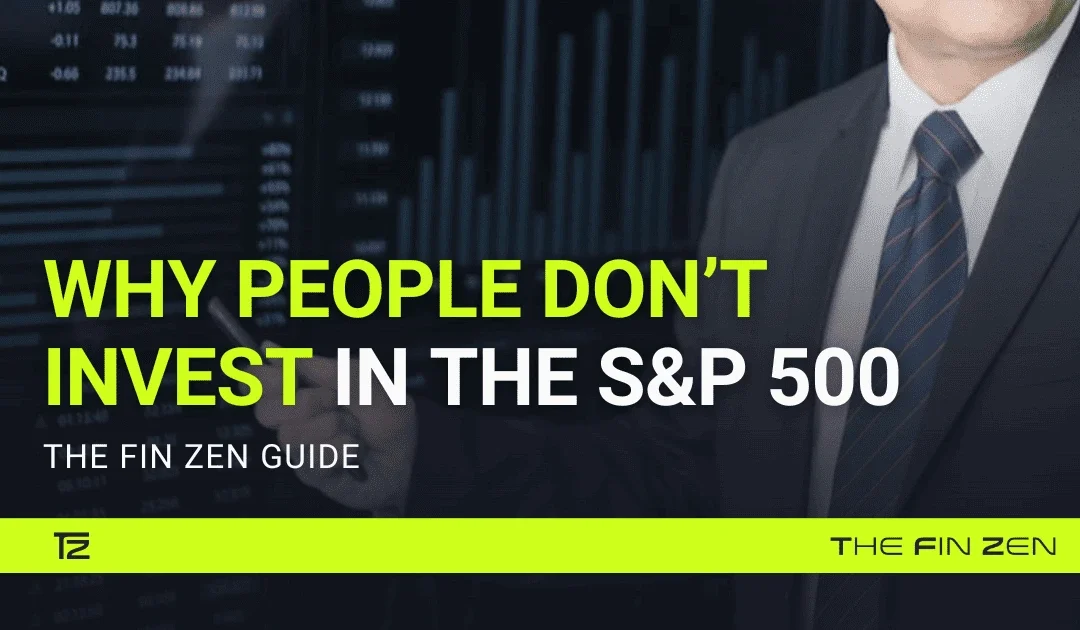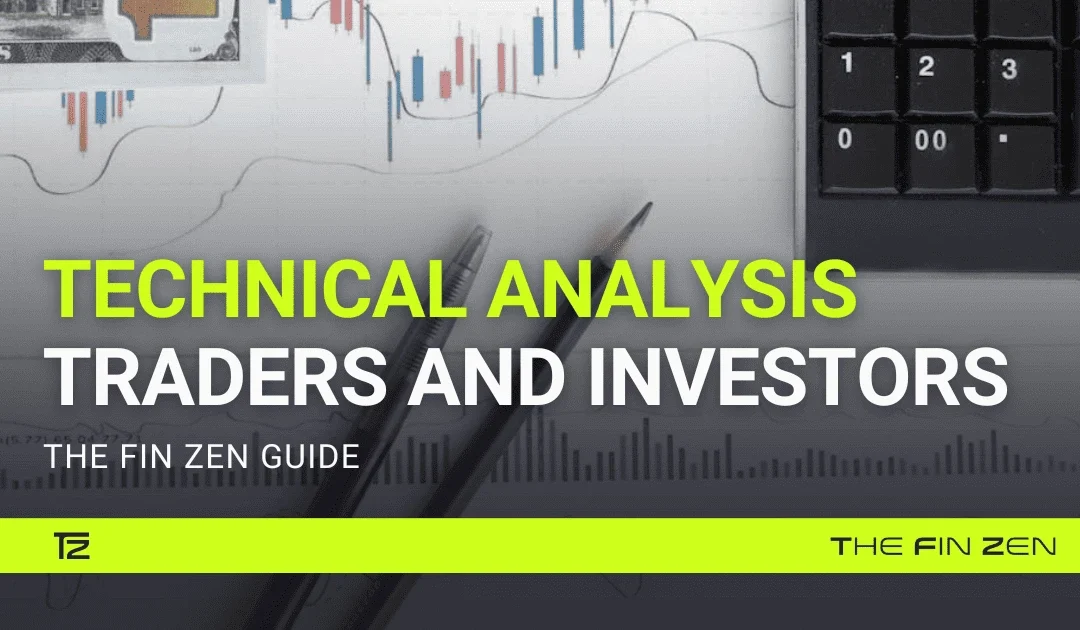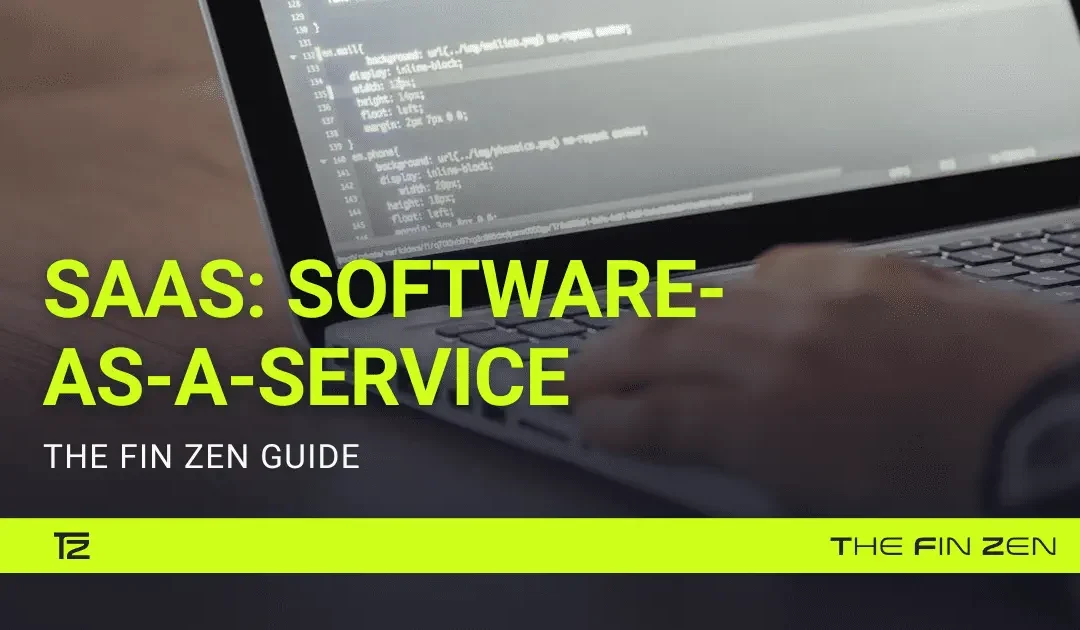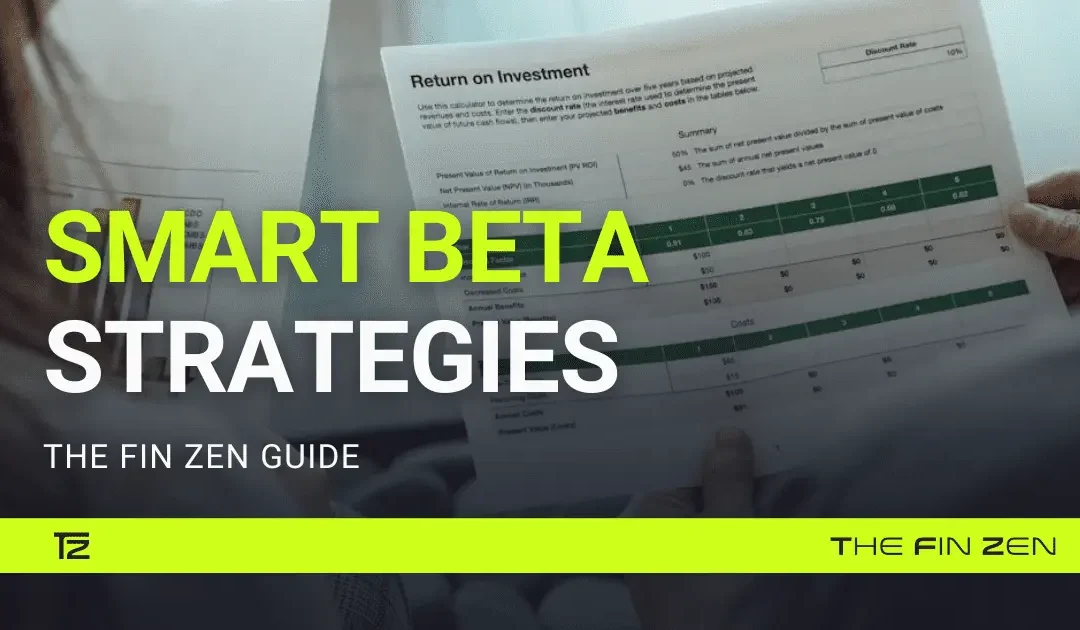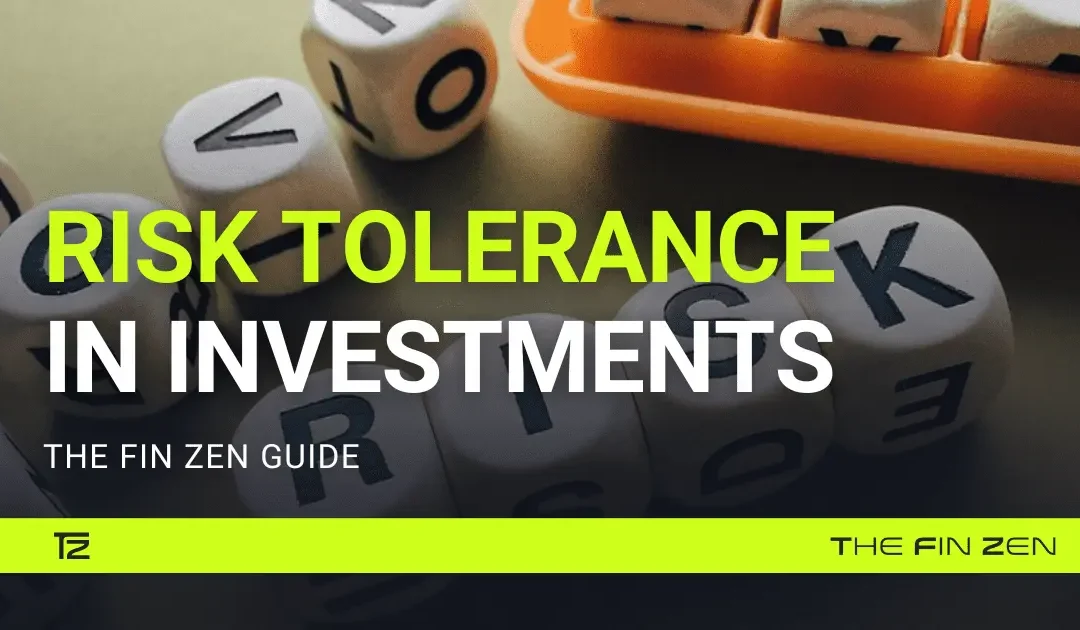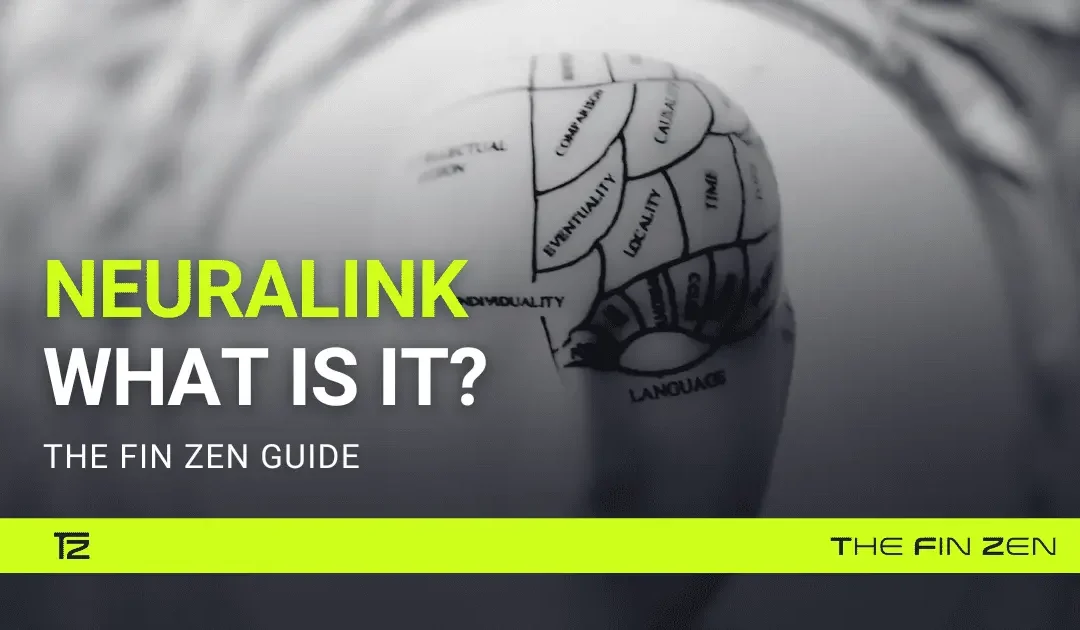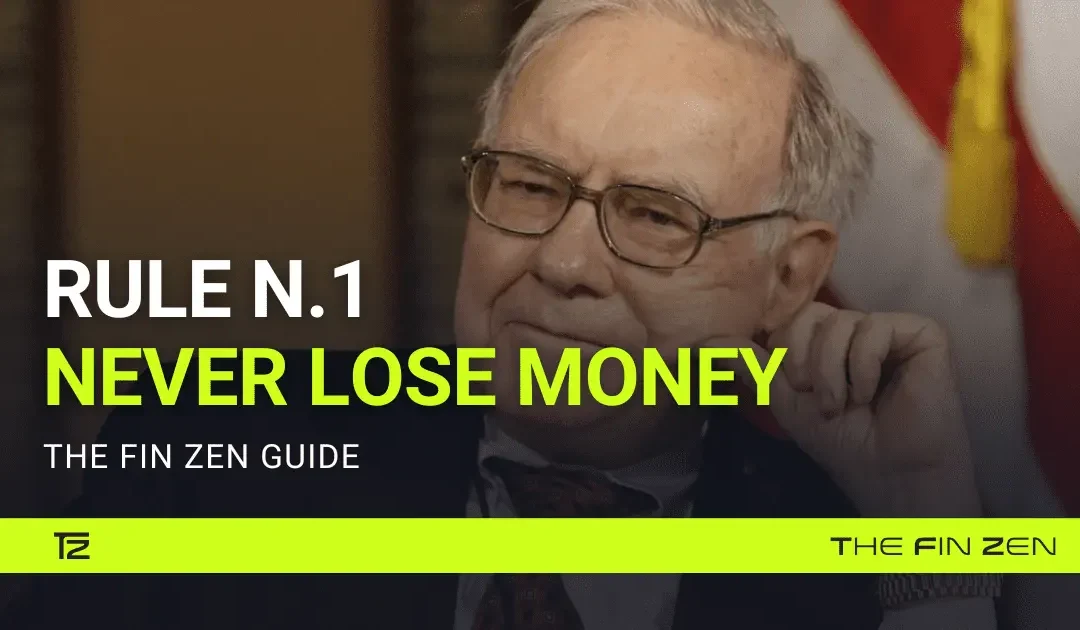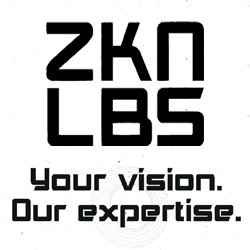Non-fungible tokens (NFTs) have revolutionized the digital asset field and offer exclusive and confirmable possession rights for different digital objects, such as art, collectables, and gaming items. The NFT industry has expanded rapidly, with a leap in its development seen especially this year following considerable public scrutiny and investment. At The Fin Zen, today, we will talk about NFTs, their popularity, and what drives their functioning.
What Are NFTs?
The acronym NFT stands for “non-fungible token,” which means that each token is unique and cannot be copied or substituted. Unlike fungible cryptocurrencies can be replaced with other tokens or currencies at will, NFTs are distinctive digital resources authenticated by blockchain innovation. This uniqueness makes NFTs so valuable and interesting to collectors and fans. When you acquire a non-fungible token through a smart contract, you gain an indisputable right of ownership to the artwork. This digital asset is genuinely one-of-a-kind.

How Do NFTs Work?
Usually, everything begins with digitalizing an artwork (e.g. a digital photo or a documentation shot), saved in digital format. This digital version turns out to be a bunch of numbers: for the computer, they are just ones and zeros – expressed in binary code. After that, these numbers are “compressed” into a different set of figures known as a hash; however, they are shorter and cannot be transformed back to their original state using a non-invertible hashing method. It is essential to understand that while whoever possesses the digital document can readily compute its hash, practically no one else could reverse the process and recover a digital document from its hash. After that, the hash is saved in a blockchain with an applicable timestamp. Such tokens provide a basis for an automated hash marketplace, in which the originator of a given token can add their hash to it and subsequently trade it for cryptocurrency payment, such as ETH coin utilized within Ethereum. The NFT keeps track of the sales of the hash internally so that it is possible to trace the changes in the hands of the hash to its creator, thus proving ownership. This mechanism therefore provides proof of authenticity and, at the same time, ownership of the work. The owner of the hash, as reported in the NFT, can demonstrate his rights without the need to turn to intermediaries and without time limits (as long as the blockchain on which his token is hosted continues to be active). When an NFT is created, it is assigned a unique digital signature that certifies its authenticity and ownership. This signature is stored on the blockchain, making it tamper-proof and verifiable by anyone. Smart contracts, self-executing contracts with the terms of the agreement written directly in code, play a crucial role in the creation and transfer of NFTs. These contracts automate the process of minting, selling, and transferring NFTs, ensuring that ownership rights are transparent and secure.

Popular Uses of NFTs
One of the most exciting use cases for NFTs is in digital art and collectables. Artists and creators can tokenize their work as NFTs, opening up new avenues for monetization and global reach. NFTs have also found applications in virtual real estate and gaming, creating vibrant virtual economies where players can earn real-world income through NFT-based transactions. NFTs offer a unique solution to digital rights management and royalty tracking challenges, potentially revolutionizing the way artists and content creators are compensated for their work in the digital age. While NFTs offer thrilling possibilities, they are not without risks and challenges. The volatility of the NFT market concerns over environmental impact due to energy-intensive blockchain networks, and issues with copyright infringement are some of the challenges that need to be addressed as the technology continues to evolve.
How to Buy an NFT
To purchase an NFT, we must use a Blockchain. We can define the blockchain as a decentralized and immutable database in the sense that no one has the right to modify the data already entered into it. A blockchain is created by a network of independent computers, which communicate with each other autonomously and, therefore, cannot be controlled by a single computer. It can be reimbursed for its contribution to keeping the blockchain alive. No one else can recreate the hash and its timestamp and, therefore, falsify the ownership information because they are saved on a blockchain, which is immutable and decentralized. The best known are Ethereum NFTs, which follow standards known as ERC-721 and ERC-1155. If someone wants to trade an NFT, the choices are varied. The most accessible platform, based on Ethereum, is OpenSea, which claims to be the largest NFT marketplace. You can create and buy NFTs on the site, but you need an Ethereum wallet. The site offers downloads of a popular crypto wallet, MetaMask, which can be installed as a Chrome extension. However, be careful to place only a little trust in wallets of this type. Suppose you want to “create” an NFT. In that case, you can do it directly from OpenSea or from alternative sites like Rarible, where the smart contract containing our work is sealed at a price that varies based on the transaction costs on Ethereum. An alternative that instead deals with “selecting” the artists who will be able to exhibit on their site is Nifty Gateway (nifty is a colloquial mispronunciation of the acronym NFT).
Future Applications of NFTs
One of the most promising future applications of NFTs lies in the tokenization of physical assets. By converting real-world assets such as real estate, artwork, or even luxury goods into NFTs, ownership can be easily transferred, fractionated, and traded on blockchain platforms. This could democratize access to investment opportunities traditionally reserved for high-net-worth individuals, making asset ownership more accessible and inclusive. As the worlds of NFTs and decentralized finance (DeFi) continue to converge, we may expect innovative financial services that leverage both technologies. For example, NFT-backed lending, staking, and yield farming allow users to earn passive income by leveraging their NFT assets as collateral. NFTs could also play a crucial role in identity verification and the creation of digital identities. By storing personal information and credentials as NFTs on the blockchain, individuals can have greater control over their data and share it securely with trusted parties. This could revolutionize industries such as healthcare, finance, and government services streamlining identity verification processes and improving data privacy.
Most Expensive NFT Artworks and Collections
The hype of the NFT phenomenon has brought enormous fortunes to the coffers of eccentric digital artists. The enthusiasm for these snippets of code crystallized on the blockchain has extended their use far (perhaps too much) beyond simple crypto-art. If we look at the ranking of the most expensive NFTs, we realize that Beeple is the artist who, more than anyone, has been able to grasp this trend.
However, the estimates relating to sales prices must be taken with a pinch of salt since they are conversions into the fiat currency of purchases made in cryptocurrency (with all the resulting fluctuations). In the top 3, we find Julian Assange and Pak’s work, the Clock, which sold for $52.7 million (16,593 ETH), Everydays: The First 5000 Days by Beeple, which sold for $69.3 million (38,525 ETH) and at the top Pak’s ‘The Merge’ at the modest price of $91.8m. Among the various works, we also find the meme dedicated to the Shiba Inu, renamed “Doge”, sold for the overwhelming sum of 3.8 million euros.

Are NFTs the Future?
As NFTs gain traction, regulators worldwide are grappling with how to classify and regulate these digital assets. Unclear regulations could create barriers to adoption and limit the growth potential of the NFT market. One of the significant criticisms of NFTs is their environmental footprint, as many blockchain networks used for NFT transactions consume substantial amounts of energy. Efforts are underway to address this issue, but it remains a concern for sustainable adoption. The rapid growth of the NFT market has led to fears of speculation, bubbles, and price volatility, especially during bear markets. Like any emerging market, the NFT space is susceptible to fluctuations, which could impact its long-term viability. NFTs represent a groundbreaking innovation in the world of digital ownership, unlocking new opportunities for creators, collectors, and investors alike. While the technology is still in its early stages and faces various challenges, the potential for NFTs to reshape industries and redefine the concept of ownership is undeniable. As we continue to explore the possibilities of this exciting technology, one thing is clear: NFTs are here to stay, and their impact on the digital landscape will be felt for years to come. NFTs are an artistic drift that has shaken the art world, which, on the one hand, has finally given dignity to a creative form debased by its infinite reproducibility but, on the other, has created the opportunity for speculative bubbles and incursions of non-reproducible phenomena.


